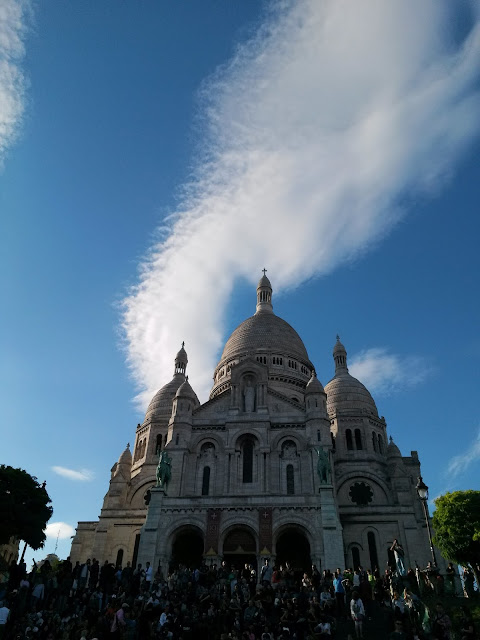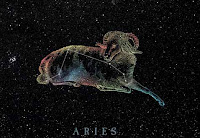Figaro
By
Armando Ortiz
I listen to the piano keys, the slow
tempo of Tchaikovsky emerges from the speakers, and for a moment the wind plays
its passing sound of placid branches slightly swaying. I recall Figaro, a
clown. She sold balloon sculptures to people in Sinchon- the area to go “play”
if you we’re in your twenties and living in Seoul. She once told me that she
had studied piano in college and had hoped to become a pianist. She never
explained how she became a clown, instead gave me evasive answers or silent
pauses. I bumped into her multiple times, and in all those breaks we talked English,
my Korean was still basic. She was like a cat that has no owner, and freely
visits you at night, crouching and observing for an hour or so. Perhaps once in
a while will take some of your left overs that one places on a plate, but quickly
leaves as you move your arm to try to make contact with your palm, only the
tips of two fingers brush against a few soft hairs.

One day, an American decided to make a pass on
her, and for unknown reasons, maybe the placement of the stars and universe, I
happened to be passing bye with some of my friends. I saw the happy red face that
was painted as she ran towards my way with scowl. She grabbed the arm and pulled
my body to where the potential opponent was. For a part of a quickly passing
second, I saw the reflection of her desperation on the Plexiglas of the
convenient store. As I was being pulled she was telling me how he had
disrespected her. We ended up arguing for a bit, with brief posturing but he eventually
left with his pals disappearing into the passing crowds of people.

I recall another time when I was coming back from
the Ewha subway station which is on the hill. It was around half past three in
the afternoon, and the weather was pleasant. The leaves on the maple trees that
lined the streets were a bright green, not yet fully reaching their late summer
darkness. It must have been early in the summer, prior to when the World Cup
swooped on to the country. The metro was located midway up a hill, like it is
almost everywhere you go in Seoul. She was placidly walking up the slope. Her
steps were steady as she moved towards my direction. From afar she looked like
Renoir’s The Clown, but with livelier
pastels. Approaching, she appeared to be a multi-colored penguin, and with each
step placed to the ground looked as if her polished red over-sized boots slapped
the ground. We briefly talked. Korea being a mostly homogeneous nation has such
a wide ranging conservative standard that there is a tendency to dress
conservatively in public, though the young people are a bit more casual in
their attire. She was an odd one out- no stylish pumps or purse to carry.
She was not the only odd person in that area,
but she certainly was no gutter-punk like the ones you found in Heundae or even
a troubled youth that hung out near the play area of Sinchon. She was a clown,
with big paddle shoes, like the burger clown back home, and she worked alone.
The multicolored clown suit made her look twice her width. She was petite, a
clown none the less, and if you were drunk enough she looked like a beach ball
from afar.
 The only exposed areas were her hands, which I had
quickly noticed. She had small palms, but perfect for her size. Her nails were
not manicured, but lotion kept them soft. They were swarthy but not as dark as
my own, and they still looked young, maybe she was in her mid to late 30s-
about ten years older than me.
The only exposed areas were her hands, which I had
quickly noticed. She had small palms, but perfect for her size. Her nails were
not manicured, but lotion kept them soft. They were swarthy but not as dark as
my own, and they still looked young, maybe she was in her mid to late 30s-
about ten years older than me.
When she found out that I’d be returning to the
states she told me to go to a small shop located near the main avenue that
partitioned Sinchon and Heudae.
“Go down that street and there will be store
with a green sign, go in and tell them that Figaro sent you.” Maybe what she
said was, “come with me to this small shop I want to give you something.”
She gave me a wallet, and inside was a photo of
us standing together. Now, I wonder where that wallet is and under what boxes,
and piles of papers that photo could be. Figaro, a piano player who sold
balloons, that was her name, and before I left Korea, gave me a present.
What might she be doing? Does she still go
around making pouncing dogs or splendid flowers out of balloons? Does she talk to
the other foreigners that walk down the alleys perusing shops in search of a
good maekju spot or a cheap dak-galbi place?











